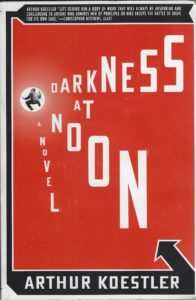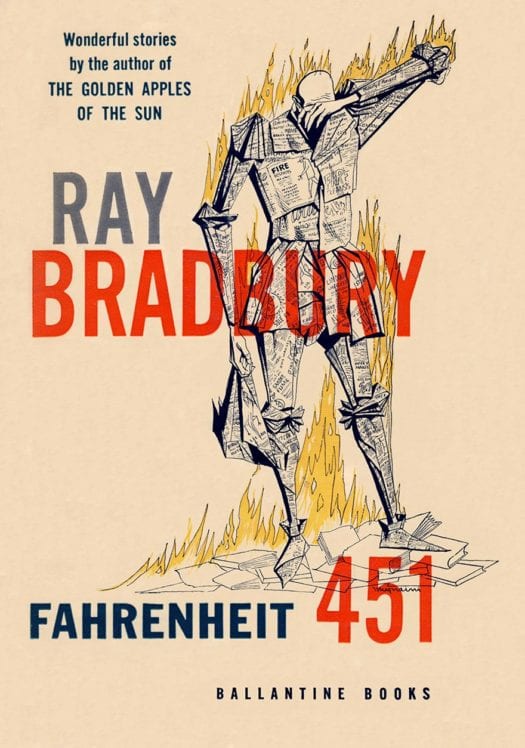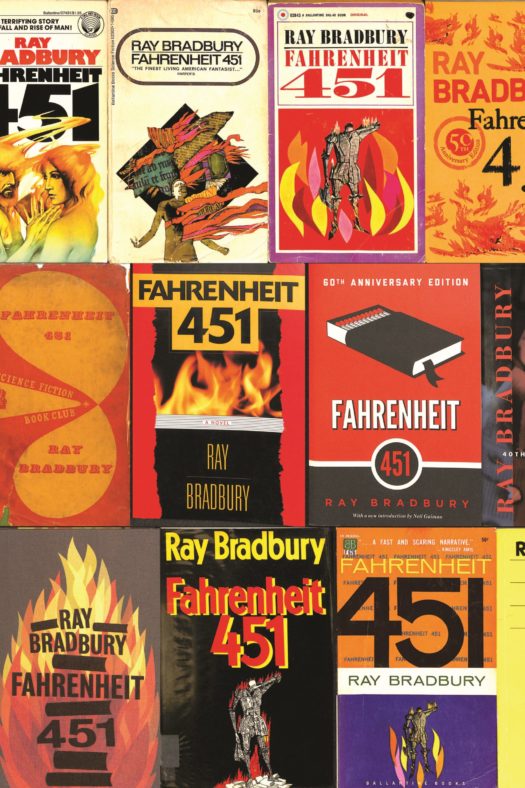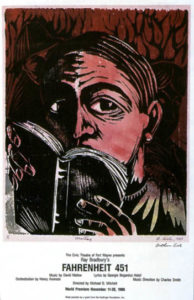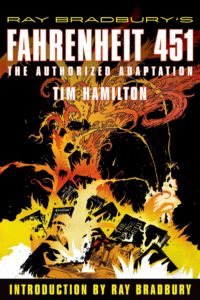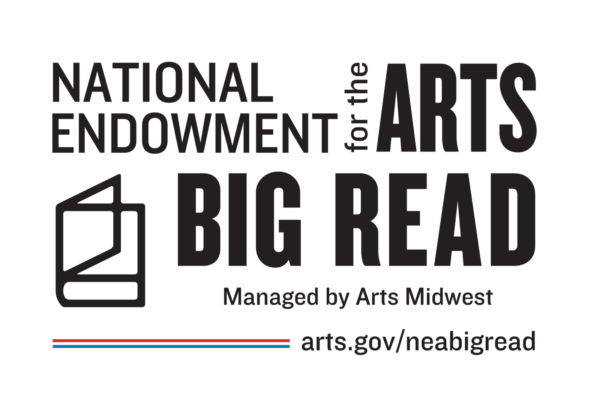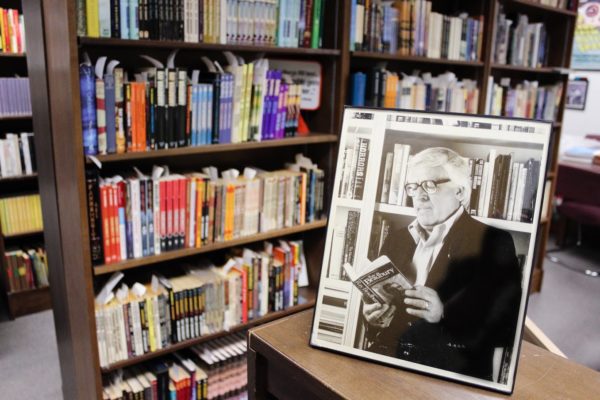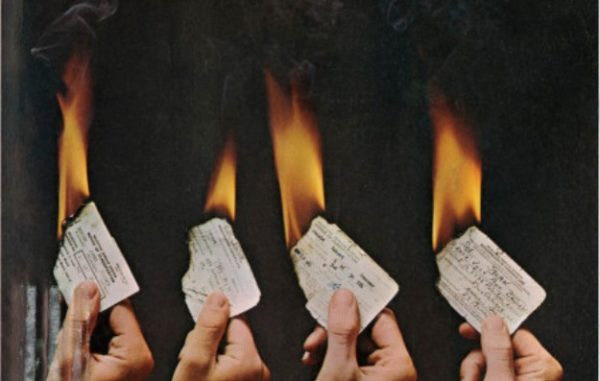“I am a preventer of futures, not a predictor of them. I wrote Fahrenheit 451 to prevent book-burnings, not to induce that future into happening, or even to say that it was inevitable.”
– Ray Bradbury
Ray Bradbury was a lover of books and libraries. After graduating from high school, he was not able to afford going to college. Instead, he would spend several hours each day reading in the library. After several years of this, he decided that he had amassed enough knowledge to try writing a novel for himself.
Bradbury never stopped visiting the library, or reading as many books as he could. It is striking, then, that one of his most famous novels is about a fireman who burns books. As someone who was practically raised in libraries, Bradbury knew the importance of books and their value to society.
Cover Art by Joseph Mugnaini
